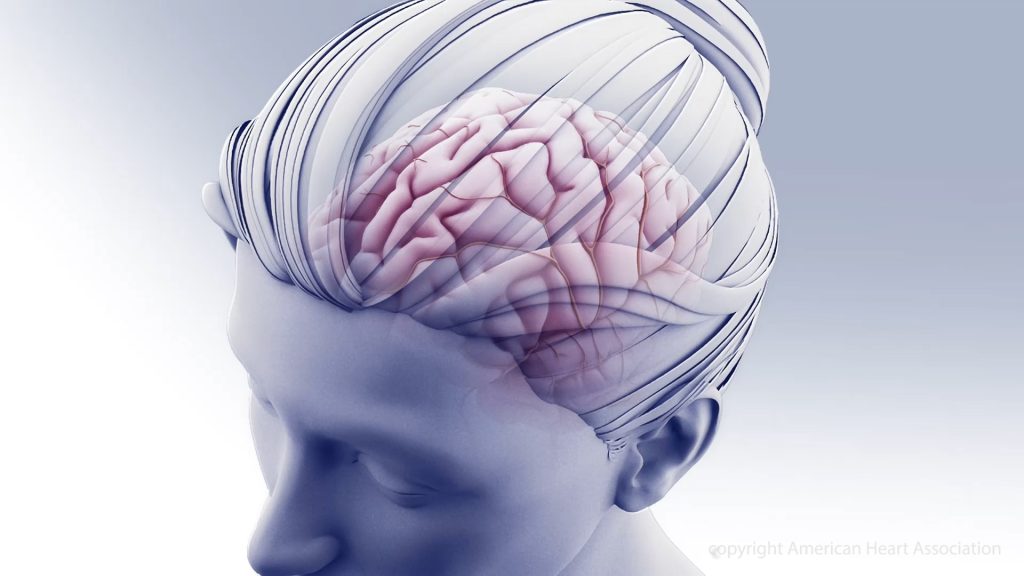RAAS Inhibitors Reduce Risk of Intracranial Aneurysm Rupture

The risk of intracranial aneurysm rupture was lower in people taking renin-angiotensin-aldosterone system (RAAS) inhibitors for hypertension, according to the findings of a Chinese study published in Hypertension.
A database with more than 3000 people with these aneurysms in 2016–2021, rupture rates reached 23.4% in RAAS inhibitor users and 76.6% in non-users.
RAAS inhibitor use was associated with a significantly reduced risk of intracranial aneurysm rupture (odds ratio [OR] 0.490), and this applied to angiotensin-converting enzyme (ACE) inhibitors (OR 0.559) and angiotensin receptor blockers (ARBs) alike (OR 0.414).
The RAAS inhibitors’ effect persisted across subgroups by age, sex, BMI, control of hypertension, monotherapy and combination therapy, and location and size of intracranial aneurysms.
The researchers pointed out the safety and affordability of RAAS inhibitors, and suggested that a randomised trial be conducted to confirm whether these medications protect against aneurysm rupture.
Hypertension is known to to increases the risk of intracranial aneurysm rupture, the cause of most subarachnoid haemorrhage strokes.
The authors note that there is evidence suggesting RAAS activation is involved in the pathogenesis of intracranial aneurysms.
“In hypertension, the RAAS has wide-ranging effects on blood pressure regulation through sodium retention, pressure natriuresis, salt sensitivity, vasoconstriction, endothelial dysfunction, and vascular injury. Given these facts, in addition to the directly increasing hemodynamic stresses, activation of the RAAS by systemic hypertension can cause vascular inflammation, injury, and remodeling and thereby contribute to the process of intracranial aneurysm rupture,” they explained.
How inhibiting RAAS would prevent aneurysm rupture was unclear, the authors noted, which could be investigated in a future study.
For this retrospective study, the authors reviewed the records of 3044 adults (mean age 61, 36.6% men) patients across 20 Chinese academic medical centres.
Patients were on blood pressure medications and had an intracranial aneurysm, and split between those whose aneurysms had ruptured (n = 1238) or had not ruptured (n = 1806) by the time of analysis. Aneurysms could be treated by clipping, coiling, and/or conservative treatment.
A secondary analysis matched 541 RAAS inhibitor users with an equal number of non-users, revealing that 17.7% of ruptured aneurysms would be prevented if all patients took RAAS inhibitors.
Besides RAAS inhibitor non-use, other independent predictors of rupture included female sex, passive smoking, uncontrolled or unmonitored hypertension, hyperlipidaemia, and aneurysmal location outside the internal carotid artery.
“Our study importantly extends previous studies of blood pressure control, treating hyperlipidemia and diabetes aggressively, and avoiding passive smoking as second [prevention] for these patients,” the authors wrote.
Limitations include possible confounding variables, as well as key clinical variables, such as blood pressure measurements and duration and dose of RAAS inhibitor therapy not being included in the database.
Source: MedPage Today

